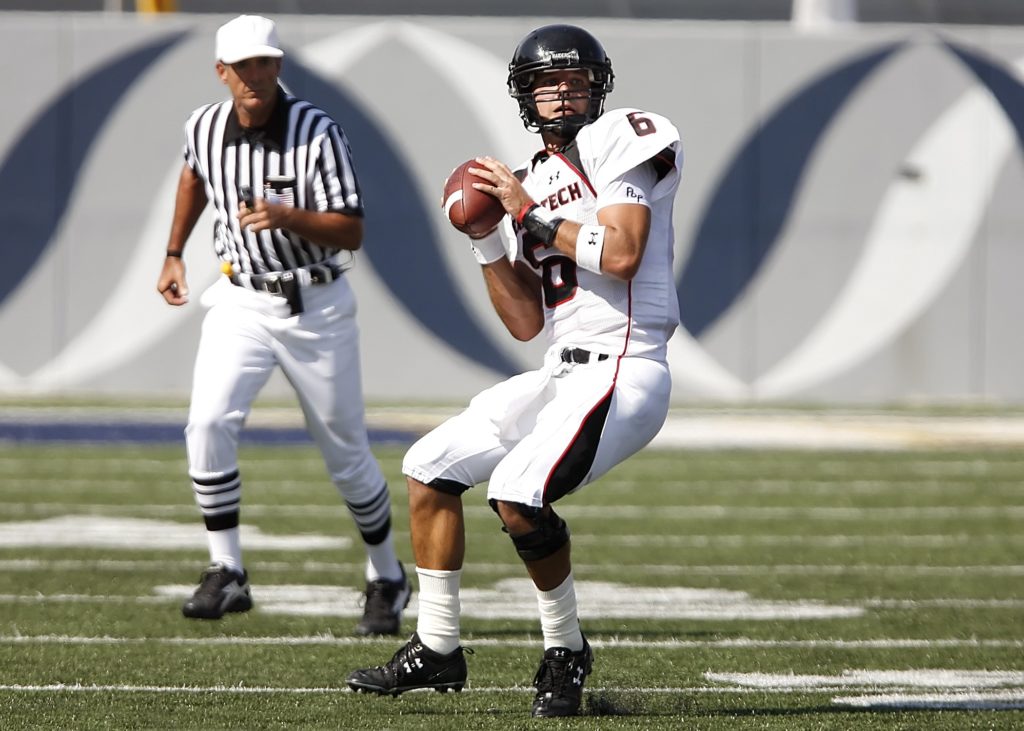The Center of Disease Control (CDC) performed a study that analyzed 25 college sports over five years. The results showed that college athletes suffered over a million injuries during this period. That’s nearly 600 injuries per day and billions of dollars in insurance claims.
The National College Athletic Association (NCAA) currently requires student athletes to have athletic insurance coverage. They even sponsor a catastrophic insurance program which offers benefits in excess of a student’s primary athletic insurance coverage.
Colleges and universities with athletic programs may sponsor insurance coverage for athletes, in addition to a medical insurance plan. Additional insurance is needed because medical insurance plans often exclude sports injuries from being covered. This is because of the level of risk and high claims associated with playing sports. Since medical insurance plans typically do not offer this coverage, athletic insurance can be offered in three ways:
1. Added sports benefit:
- Athletic coverage can be included as a covered benefit for all students on the school sponsored medical insurance plan.
2. Sports rider:
- A sports rider can be an add-on to the school-sponsored medical insurance plan just for those students who participate in intercollegiate sports. A rider is an amendment to an insurance policy allowing for additional coverage. For example, homeowner’s insurance will typically cover personal property loss up to a certain amount. However, if you have expensive jewelry, such as an engagement ring, a rider can be added for an additional cost to cover the jewelry.
- Should the school choose to cover students through an added sports benefit or rider?
If the coverage is added as a benefit to the medical insurance plan, the cost will be spread across all students on the plan, subsequently increasing the premium cost. A school may not want other students to subsidize the plan for their athletes.
3. Stand-alone intercollegiate sports plan:
- Stand alone intercollegiate sports plan is athletic coverage that is sponsored by the school and may be offered separately from the school-sponsored medical insurance plan. If a student is covered by another plan, such as one from an employer or parent, and the plan excludes sports coverage, the student will need to purchase intercollegiate sports coverage. The cost of this coverage ranges from $500 – $1,000 a year.
The estimated annual cost of contact sports injuries for college students is $446 million to $1.5 billion. So, no matter which coverage you decide will work best for your students, making sure they have access to athletic coverage is the safest way to play.
